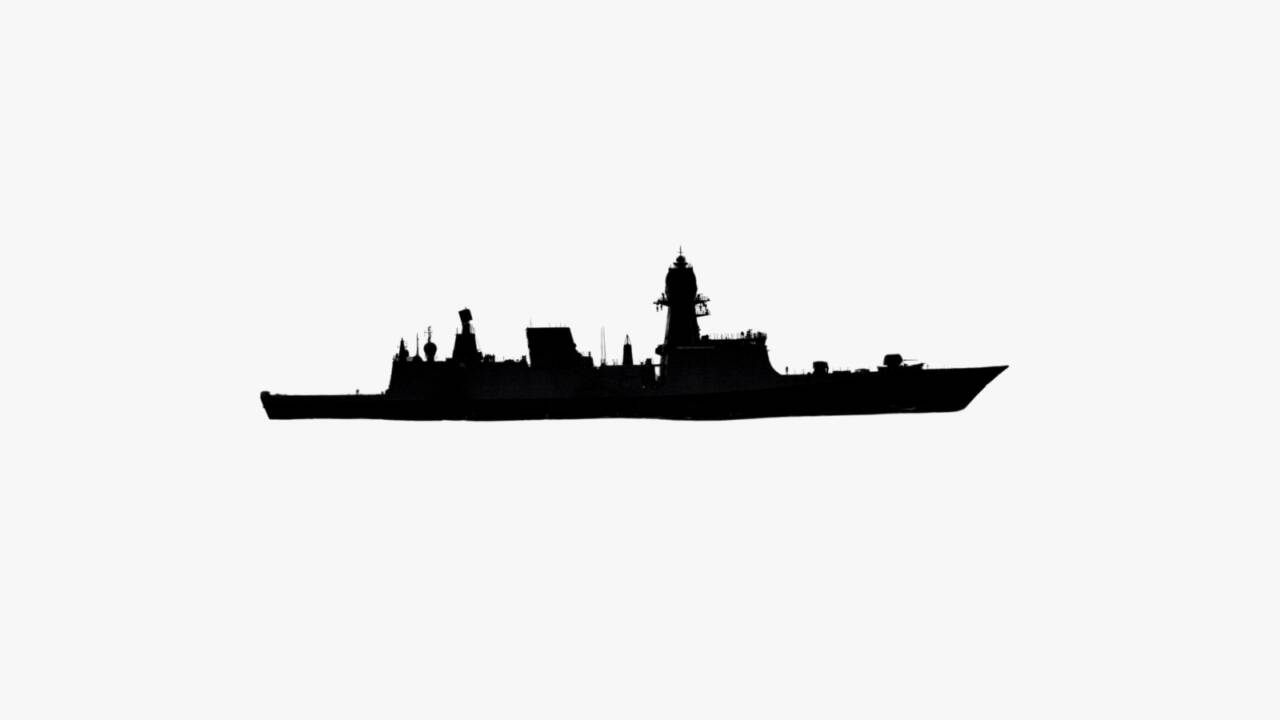India will witness a landmark event in its defense history as the Indian Navy prepares to commission three advanced frontline combatants: Nilgiri, the lead ship of the Project 17A stealth frigate class; Surat, the final ship of the Project 15B stealth destroyer class; and Vaghsheer, the sixth submarine of the Scorpene-class project. The commissioning of these highly advanced warships and submarines at the Naval Dockyard, Mumbai will significantly enhance the Indian Navy’s combat potential while showcasing the country’s growing self-reliance in indigenous shipbuilding.
Mazagon Dock Shipbuilders’ Role in India’s Defense Growth



The three platforms, Nilgiri, Surat, and Vaghsheer, have all been designed and constructed entirely at Mazagon Dock Shipbuilders Limited (MDL), Mumbai. This achievement underscores India’s growing expertise in defense production, reinforcing the nation’s position as a global leader in indigenous shipbuilding. The successful commissioning of these advanced warships and submarines reflects rapid advancements in warship design and construction, which bolster India’s defense capabilities.
Nilgiri, Surat, and Vaghsheer: Advanced Features and Capabilities
- Nilgiri, the lead ship of Project 17A, is a significant advancement over the Shivalik-class frigates. It boasts cutting-edge stealth features and reduced radar signatures, utilizing state-of-the-art technology.
- Surat, the fourth and final ship of Project 15B, builds on the design of the Kolkata-class destroyers, offering enhanced design improvements and advanced sensors and weapon systems developed primarily in India.
- Vaghsheer, the sixth Scorpene-class submarine under Kalvari-class Project 75, is one of the quietest and most versatile diesel-electric submarines globally, designed for multiple missions, including anti-surface warfare, intelligence gathering, and special operations.
A Step Toward Gender Inclusion in the Navy
Both Nilgiri and Surat are equipped with modern aviation facilities, allowing them to operate a wide range of helicopters, including Chetak, ALH, Sea King, and the new MH-60R. They also have accommodations designed to support a growing female officer and sailor presence, aligning with the Navy’s commitment to gender inclusion in frontline combat roles.
Enhancing India’s Maritime Strength
The commissioning of these three platforms will significantly enhance the Indian Navy’s maritime strength. The vessels have undergone extensive trials, including assessments of machinery, hull integrity, fire-fighting capabilities, damage control, and navigation and communication systems, ensuring they are fully operational and ready for deployment.
India’s Commitment to Defense Self-Reliance
This historic event is not only a milestone for the Navy but also symbolizes India’s unparalleled progress in defense manufacturing and self-reliance. It underscores India’s commitment to building a robust and self-sufficient defense ecosystem that is crucial for the nation’s security and global stature.

